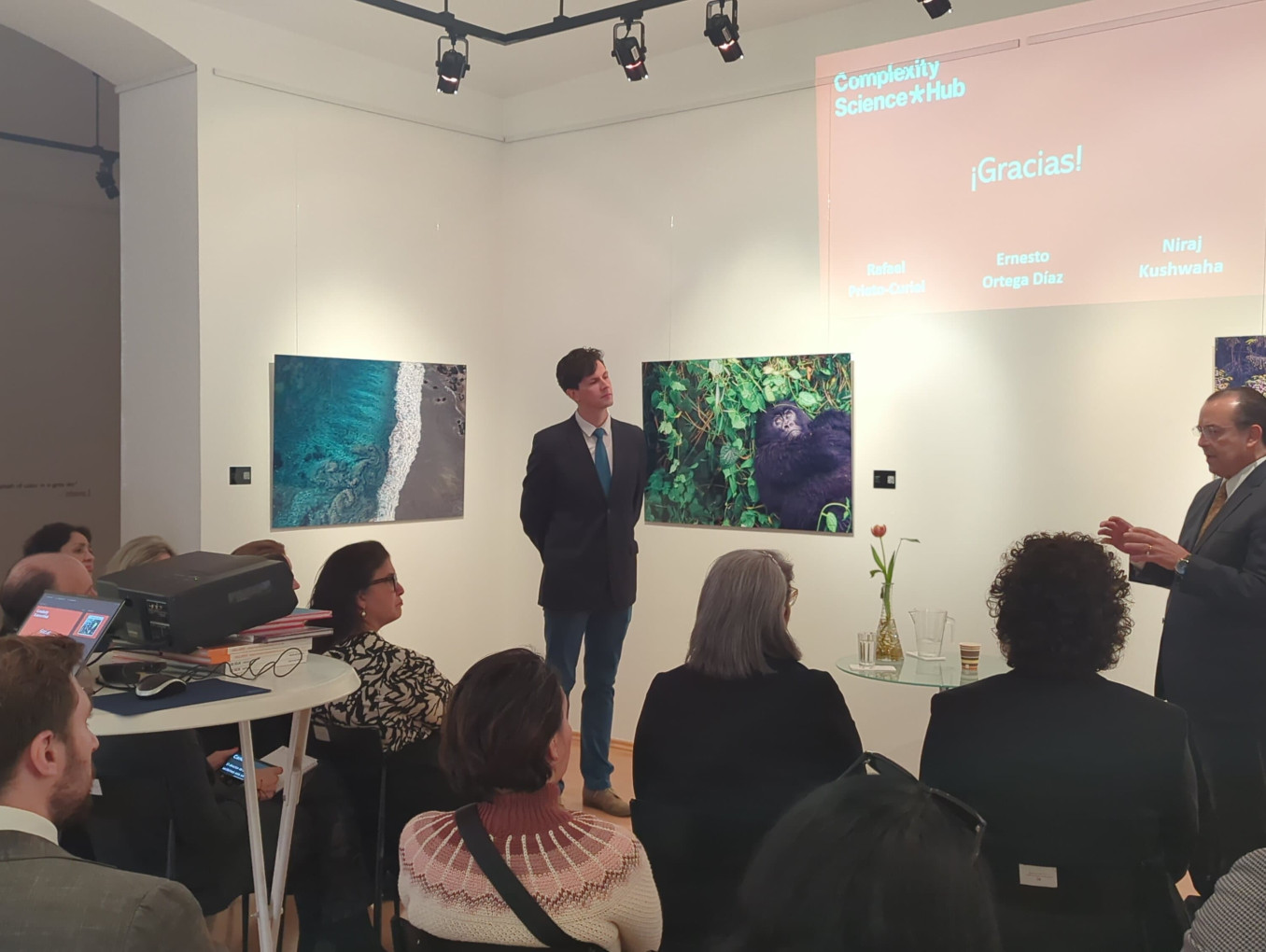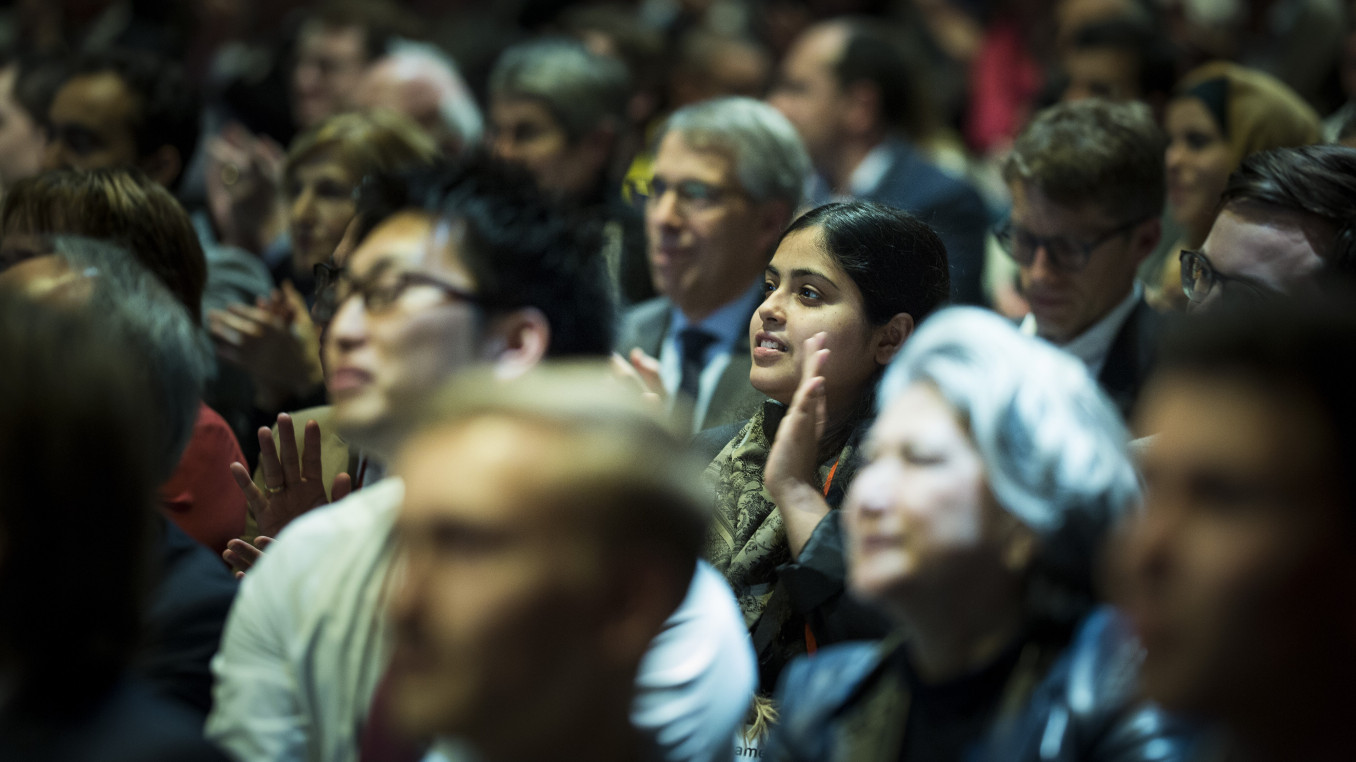Unveiling Cartel Dynamics: Rafael Prieto-Curiel's Quantitative Insights
Breaking the Wall of Drug Cartel Analysis
Science Breakthrough of the Year 2024 Interview: Social Sciences and Humanities
Rafael Prieto-Curiel's research offers new insights into the operations of cartels in Latin America. By analyzing homicides and arrests, he estimates that cartels are the fifth largest employer in Mexico. His models reveal the limited impact of doubling daily arrests on reducing violence, emphasizing the complexity of dismantling cartels. Prieto-Curiel’s work has sparked widespread discussion, including by Mexican President Andres López. His research aims to guide policy by balancing security and social programs to discourage cartel recruitment, drawing lessons from global experiences to address organized crime and violence effectively.
Which wall does your research or project break?
My work breaks the wall of understanding cartels in Latin America. They have caused so much harm in the past decades, creating the most deadly region in the world, that it is urgent to understand them better. State forces in Mexico and the US invest considerable financial and human resources to reduce the burden of organised crime, but efforts have failed simultaneously to contain violence, reduce the power of cartels, block the flow of weapons, prevent access to illicit substances and reduce overdose deaths. How can cartels still exist and prevail for decades if they suffer so many losses to the police and other cartels? I am breaking the walls of how to conceive and understand cartels. Their secretive nature means that most of their activities are unknown. We do not know their internal structure, resources, or income, for example. Thus, there is very limited data related to cartels, if any. Although analysing social groups with very little information is challenging, models may be compelling. For example, using a system of coupled differential equations, a complex network and the limited available data, we estimated that cartels are now the fifth largest employer in Mexico and the secret to their success: recruitment.
What are the three main goals of your research or project?
I am to construct quantitative tools, such as models, equations and simulations, that enable us to understand better how to deal with cartels and the violence they create.
Given the tight budget restrictions of countries in Latin America, are resources better spent on security programs aimed at increasing the number of detentions and better investigative police? Or should countries invest more in social programs aimed at discouraging cartel recruitment? Given the budget restrictions, is it possible to dismantle cartels within a reasonable period?
Detect what triggered the most significant shifts in violence. For example, incapacitating the head of some cartel or a valuable drug seizure might be celebrated as a success of the police, but do cartels react violently to a drug seizure that costs them millions? Is that violence more desirable?
What can we learn in Latin America from other experiences around the world, and what knowledge might be valuable elsewhere? The way that Italy reduced its mafia could be a model for how Latin America could deal with cartels. Strategies to reduce violence in New York, for example, could be applicable to Mexico City or Bogotá. Our understanding of cartels can also be applied to some extremist groups in Africa, such as Boko Haram or al-Shabaab. This cross-regional learning is crucial in our global effort to combat violence and organized crime.
What advice would you give to young scientists or students interested in pursuing a career in research, or to your younger self starting in science?
Listen to what other people have to say. Even if they are not in your field, even if they have less experience than you, or they have a different type of experience. I now look back at my time in the Police Department. I was sitting comfortably on a chair behind my computer, running different models and equations. I remember my meetings with police officers who were in the streets, fighting to construct a safer city. Many of them had an explanation or different reasons why crime mainly occurred in some places but not in others. Why does everything happen in one square but not in the other? Why did crime increase last week? Together, we constructed a model for the Police in the City. We tested their hypothesis of why crime happens like that. I had the equations, the data and the way to construct models. But they had the experience in the streets (and they had the scars to show it). They had the theories, and I had the data. When I joined the Police Department in Mexico City, I thought I would be able to provide answers using some equations and some data. I thought that mathematics would be a powerful tool for understanding crime in the City. However, after five years of working with the Police and after over ten years of researching crime and violence, I am convinced that it is not mathematics alone. It is not a single field of science either that will solve those complex issues we are facing today. It is not even science alone. We need society; we need the people, the policymakers, the artists, the consumers, the victims, the students. If you want to tackle any of the serious issues that humanity is facing today, such as violence, ageing, or our unsustainable way of living, the first thing you need to do is to listen to what others have to say.
What inspired you to be in the profession you are today?
My violent country, and the feeling that we can make it better.
My mom.
What impact does your research or project have on society?
I am trying to construct a safer Latin America by understanding better our organised crime.
What is one surprising fact about your research or project that people might not know?
Cartels in Mexico are the fifth largest employer in the country and the number one recruiter. That is the secret to their success.
What’s the most exciting moment you've experienced over the course of your research or project?
Since my article on cartels was published, I have been interviewed more than 100 times. I appeared on national and international TV, including CNN, NBC, and The Guardian. The president of Mexico discussed my research at a conference for over 20 minutes.


